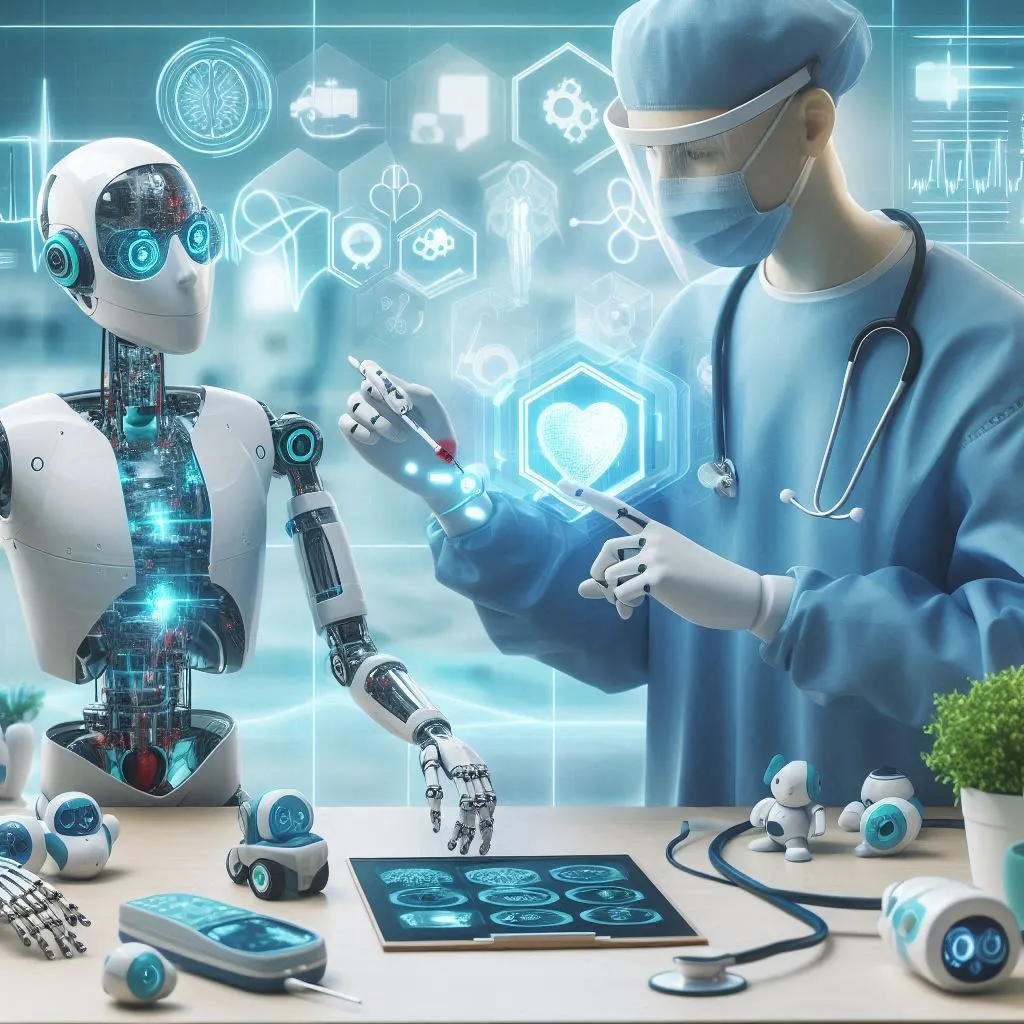
The integration of robots into healthcare marks a transformative shift in patient care and assistance, revolutionizing various aspects of the medical field. From performing delicate surgeries with unprecedented precision to providing companionship and assistance to elderly patients, robots are becoming indispensable. This article explores the multifaceted roles of robots in healthcare, their benefits, challenges, and the prospects of robotic technology in medical settings.
Explore our other blog: 10 Amazing Robots for Fun and Learning
How have the robots been used in recent times?
Nowadays, robots are frequently employed for a wide range of tasks, assisting in construction, performing surgeries, cleaning, and even exploring new frontiers. These versatile machines simplify our lives by efficiently handling various activities.
Explore our other blog: Industrial Robots: Revolutionizing Manufacturing
Types of Medical Robots
| Type | Description |
|---|---|
| Surgical robots / Robot-assisted surgery | Surgical robots assist in performing precise and minimally invasive surgeries. |
| Robotics for radiotherapy | These robots are used to improve the accuracy and efficiency of radiotherapy treatments. |
| Rehabilitation robots | Rehabilitation robots help in the recovery of patients by assisting with physical therapy exercises. |
| Laboratory robots | Laboratory robots automate routine tasks in laboratories, increasing efficiency and reducing errors. |
| Robotic prosthetics | Robotic prosthetics provide advanced and more natural movement for individuals with limb loss. |
| Hospital robots | Hospital robots perform various tasks such as delivering supplies, medication, and assisting with patient care. |
| Social robots | Social robots interact with patients and provide companionship, often used in elderly care and mental health support. |
Source: BRAINLAB
In hospitals and healthcare settings, the demand for robots is rapidly increasing. They perform numerous tasks such as delivering supplies, administering medication, and bringing food to patients. Additionally, robots interact with patients, providing valuable support and companionship. Their growing importance in healthcare underscores their vital role in enhancing patient care and operational efficiency.
Explore our other blog: Top Robot For Trading Forex
How do robots in healthcare transform patient care and assistance?
There are different types of robots have been developed for individual purposes.
» The da Vinci Surgical Robot:
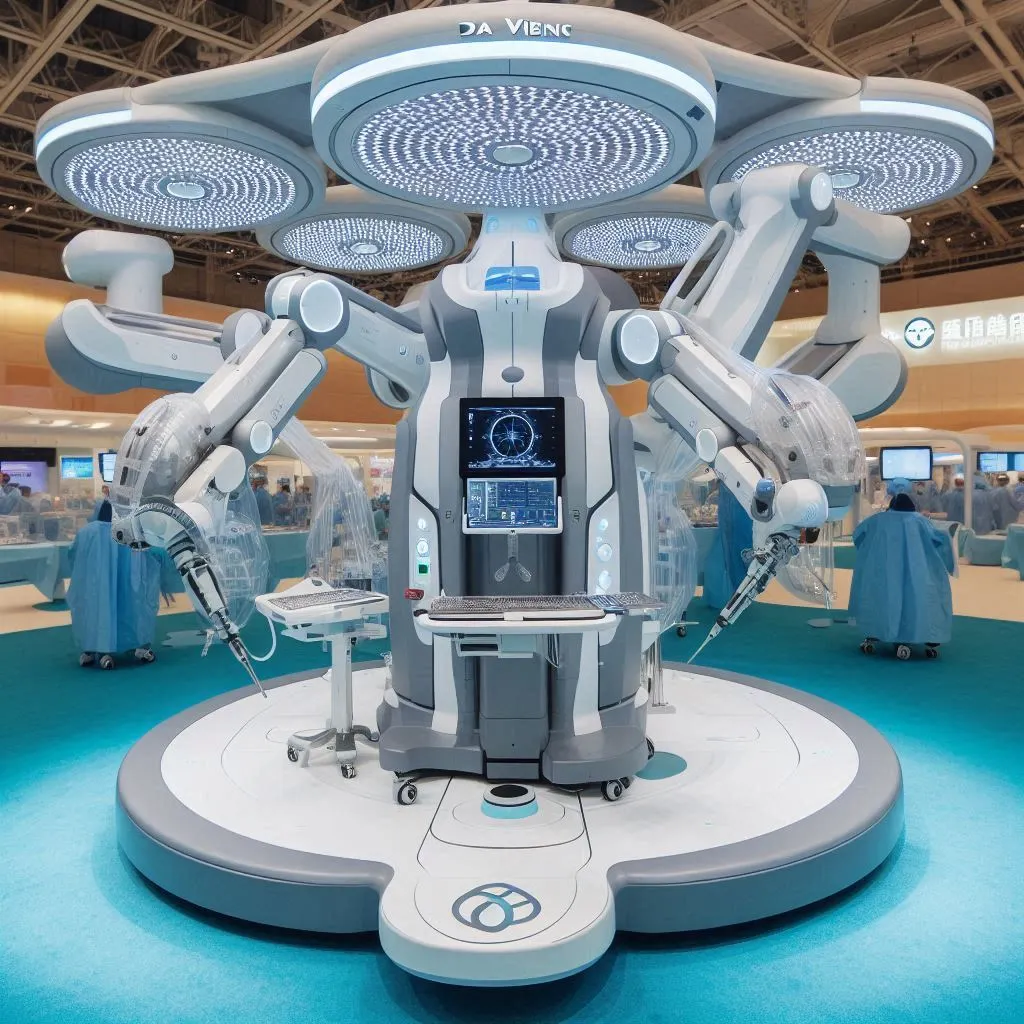 This system comes with robot arms surgery tools and a special 3D camera. Doctors use a computer to control the robot’s arms, so their hand movements make the robot do surgery precisely.
This system comes with robot arms surgery tools and a special 3D camera. Doctors use a computer to control the robot’s arms, so their hand movements make the robot do surgery precisely.
Explore our other blog: A Guide Explaining In What Ways Robots And Automation Is Benefiting Us
| Cost Type | Amount |
|---|---|
| Da Vinci Surgical Robot Average cost Average Cost | $1.5 million |
| Maintenance Cost | $120,000-140,000 |
» Autonomous Mobile Robots:
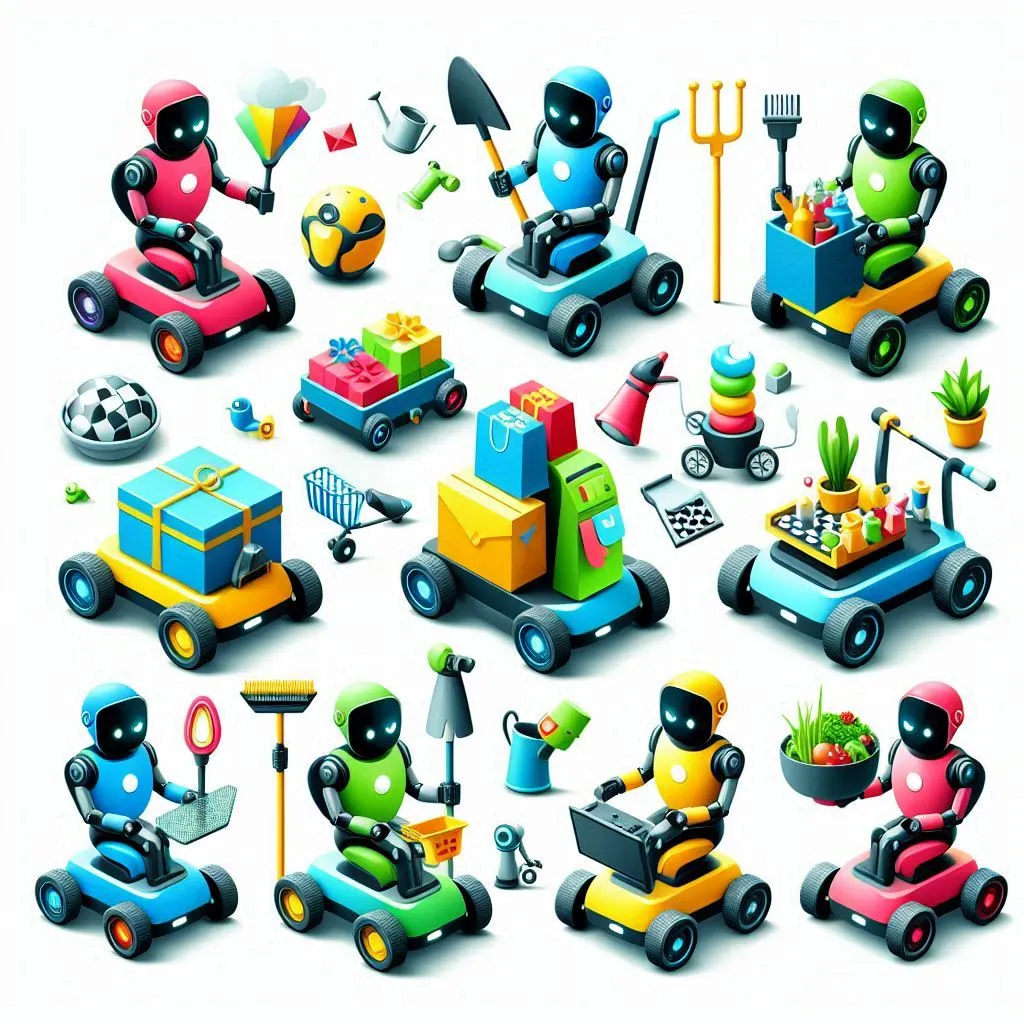 Hospitals like to use robots to help with important tasks. These robots can clean, talk to people on a screen, and bring medicine and medical stuff. This makes the hospital safe, and the medical staff can be with patients more.
Hospitals like to use robots to help with important tasks. These robots can clean, talk to people on a screen, and bring medicine and medical stuff. This makes the hospital safe, and the medical staff can be with patients more.
Explore our other blog: Exploring 10 Cool Robots For Kids In 2024
» The Xenex Germ-Zapping Robot:
 is a special machine that helps keep hospitals clean and safe. It does this by using strong UV light to kill harmful germs. When it’s brought into a room, the robot’s light kills many kinds of germs, including superbugs, in just a few minutes.
is a special machine that helps keep hospitals clean and safe. It does this by using strong UV light to kill harmful germs. When it’s brought into a room, the robot’s light kills many kinds of germs, including superbugs, in just a few minutes.
Hospitals all over the world use this robot to keep patients safe and save money. It helps stop infections from spreading in the hospital and makes sure things are really clean. Its goal is to keep patients safe.
Explore our other blog: Robots, Robots Everywhere: The Role of Robotics Engineers in Our Live
» The PARO Robot–
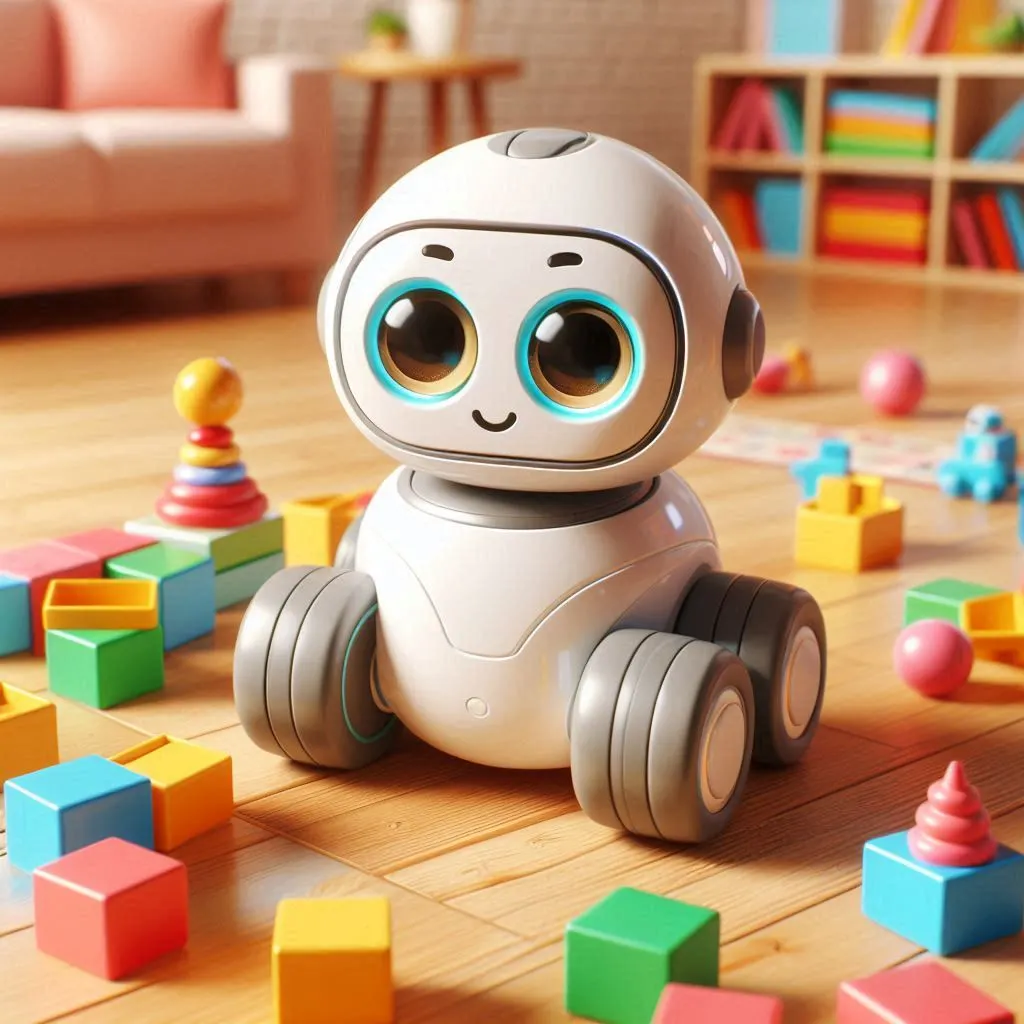 A unique robot, it is designed to help people feel happy and less lonely, especially in places like hospitals. It looks like a cute baby seal and can feel touch and hear sounds. It acts like a real animal, which can bring comfort and happiness to patients, especially those who stay in hospitals for a long time or have memory problems. Studies show that PARO can reduce stress and make people feel better.
A unique robot, it is designed to help people feel happy and less lonely, especially in places like hospitals. It looks like a cute baby seal and can feel touch and hear sounds. It acts like a real animal, which can bring comfort and happiness to patients, especially those who stay in hospitals for a long time or have memory problems. Studies show that PARO can reduce stress and make people feel better.
» The CyberKnife–
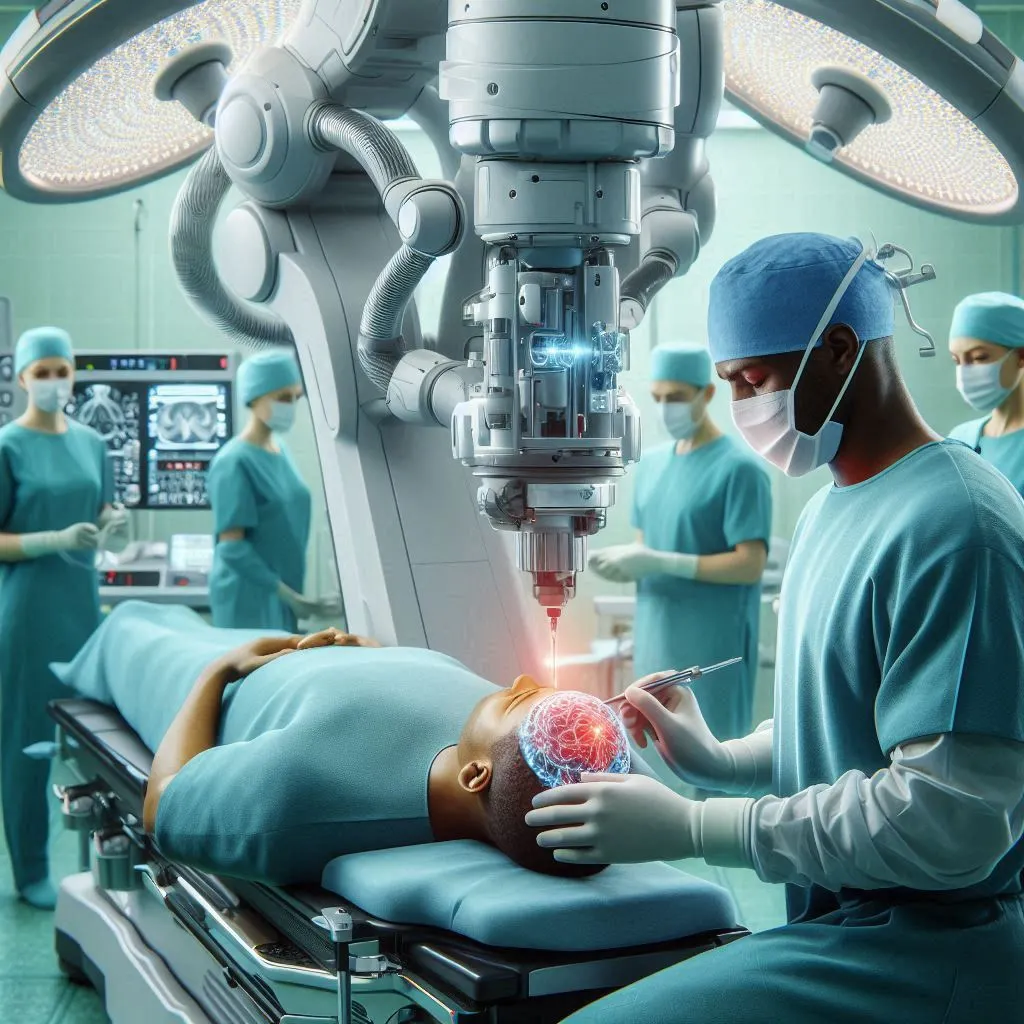 A fantastic machine for treating cancer without surgery. It uses robots and special pictures to aim radiation at the cancer very precisely. Unlike normal treatments, the CyberKnife can follow a patient’s movements and always hit the cancer, even if the patient breathes or moves. This helps avoid hurting healthy parts of the body and makes patients feel better with fewer treatments.
A fantastic machine for treating cancer without surgery. It uses robots and special pictures to aim radiation at the cancer very precisely. Unlike normal treatments, the CyberKnife can follow a patient’s movements and always hit the cancer, even if the patient breathes or moves. This helps avoid hurting healthy parts of the body and makes patients feel better with fewer treatments.
» The TUG Robot–
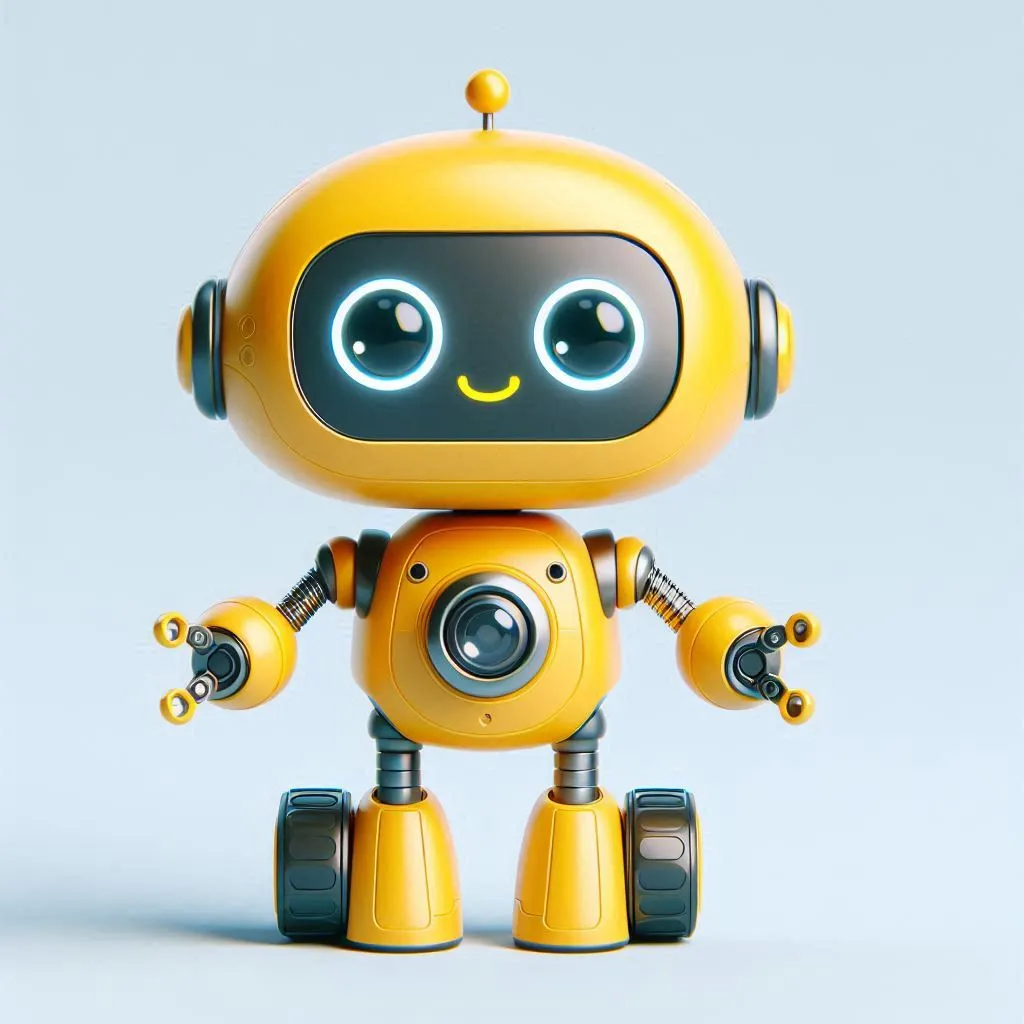 The TUG Robot is a small, smart robot used in hospitals and factories to carry things around. In hospitals, it brings medicines, supplies, and clean sheets to different places without help. It moves on its own, using special sensors and cameras. This makes the work easier for hospital staff, saves time, and keeps things clean. In factories, TUG robots help move things between workstations and make work faster and smoother.
The TUG Robot is a small, smart robot used in hospitals and factories to carry things around. In hospitals, it brings medicines, supplies, and clean sheets to different places without help. It moves on its own, using special sensors and cameras. This makes the work easier for hospital staff, saves time, and keeps things clean. In factories, TUG robots help move things between workstations and make work faster and smoother.
Explore our other blog: Exploring 10 Cool Robots For Kids In 2024
Benefits of using robots in healthcare
Robots, which are so much demand in hospitals and healthcare, help with lots of things like bringing supplies, giving medicine, serving food, and talking to patients. Robots are becoming a big part of healthcare. In the USA, people have talked about robots in healthcare at conferences.
Let’s learn more about the good things about using robots in healthcare.
∴ Helps with learning and practice: Robots can help doctors practice and get better. They can also make fake patients who act like they’re sick. This is good for training doctors and first responders.
∴ Makes surgeries easier: Robots can make surgeries easier and less painful, which helps patients. It also means they can leave the hospital faster and have fewer problems. This saves money and makes work easier for hospital staff.
∴ Can be programmed to perform complicated surgeries: Robots can do complex surgeries with the help of smart arms and super smart analysis. Doctors are still in charge, though.
∴ Improves the safety of patients and workers: Service robots can keep healthcare workers safe and make sure patients are okay. They do things like moving things, cleaning, and stopping the spread of germs.
Conclusion
The integration of robots in healthcare is transforming patient care and assistance, offering numerous benefits in terms of precision, efficiency, and patient outcomes. From surgical robots that perform delicate procedures to companion robots that provide emotional support, robotic technology is revolutionizing the medical field.
While challenges such as cost, ethical considerations, and integration with existing systems remain, ongoing advancements in AI, machine learning, and robotics promise a future where robots play an even more integral role in healthcare. As technology continues to evolve, the potential for robots to enhance patient care and improve the overall healthcare experience is boundless.
Want to make your child future-ready with Robotics? Moonpreneur offers a tailor-made program. Reserve a spot in our free 60-minute workshop today and introduce them to the amazing world of robotics and innovations!


























Amazing very insightful Blog!
Mobile Medical Services